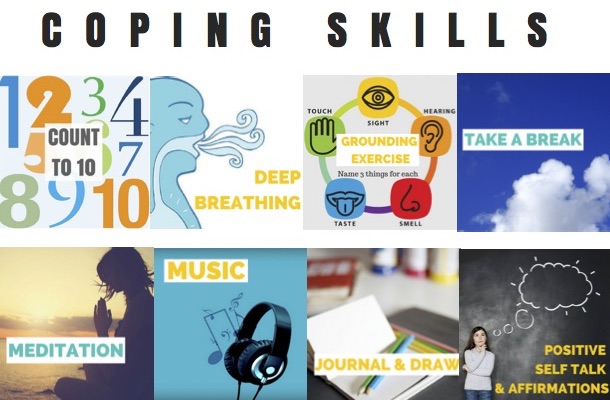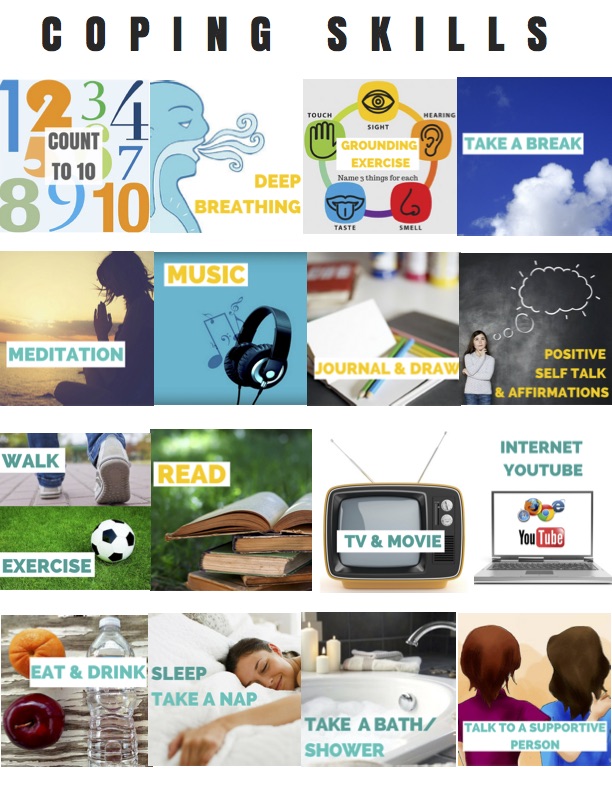
Why Emotional Intelligence Matters – Part 3: Helping Children Respond to BIG Emotions

Why Emotional Intelligence Matters – Part 3: Helping Children Respond to BIG Emotions
This is the second of a series of blog posts by Hannah Morrison. Hannah is a behavior therapist and former nanny who has presented at Stanford Park Nannies’ Nanny Up training series.
Now that we’ve covered setting the foundations to a emotionally healthy life, we can talk about how to deal with emotions (especially big ones) in the moment.
When children have BIG emotions, they usually cry, yell, hit, or get very quiet. Each child reacts differently depending on the emotions he/she is feeling. How to best respond to your child will depend on what’s going on and the child’s preferences and personality.
The following are key tips for when your child is experiencing BIG emotions:
Ask yourself, “What needs are not being met?”
- Knowing what is happening and what the child needs will help you approach the situation with more intent and purpose. This requires paying attention! Sometimes what upsets them may not be as obvious, so be curious and ask open-ended questions. What are the child’s triggers? Does the child get angry every time a sibling calls them that ONE name? Once we know WHY the child is getting upset, you can make a plan moving forward.
- Using the EATS acronym below may help you identify the need:
- E-scape — Do they hate doing that chore and want to avoid doing it? See if you can help them problem solve, like take breaks, ask if they need help, make it fun by playing music, or “beating the clock”
- A-ttention — Do they need attention? Do they need to connect with someone? Encourage them to ask for quality time and make it a priority to do so
- T-angible — Do they want that toy? Do they not want to eat that vegetable? Explain the reason for that limit or expectation, redirect them to what they can use/do, and brainstorm compromises if possible
- S-ensory — Is the music too loud? Are they getting fidgety and do they need to move around? Suggest a break, play games with balls, do yoga poses, sing songs, or just let them run around or dance!
Have empathy
- If a child feels that his/her concerns are your concerns, they won’t have to try so hard to convince you of why they’re upset. This is especially difficult to do when it’s a conflict and you want them to understand that their own behavior is inappropriate. Using reflective and empathetic statements can help reduce blaming and power struggles, and will get you to resolve the deeper issue quicker than simply addressing the behavior (engage, don’t enrage).
- Connect — In order to redirect you must first connect. Connection is communicated through our words, physical touch, and eye contact. Children pick up on how we feel by our body language, which impacts how safe they feel to be open and honest about their feelings. A slow and low tone of voice goes a long way, and eye contact also helps. For some children, a soft touch on the arm or a hug will also help them feel grounded.
- Ask questions about what is upsetting them — Ask them to, “Tell me what happened” (ask probing questions to get the play-by-play details), or even “Where do you feel your sadness in your body?”
- Build empathy for others — If it’s a conflict with others, take your time to understand what happened and help them recognize the other person’s points of view. This step only works if they feel heard, and only when they’re calm. (E.g.”Give me a play by play- what happened first? What happened next? If you were your friend, how do you think you would feel? Why do you think your friend is upset?”
Validate
- Acknowledge that they’re experiencing an emotion and ask them what they think may be going on. Part of the battle from the child’s perspective is wanting to be heard. Validating, normalizing, and asking probing questions will help them understand why they’re feeling it in the first place.
- “It must feel really awful when ______. Can you tell me how that makes you feel?”
- “I noticed when ______, you got really quiet. How did you feel when that happened? “
- “Usually when someone is called a bad name, they get really sad or really mad. How do you feel when that happens to you?”
Narrate
- Helping a child make sense of what happened is one of the best ways for them to feel in control. Feelings of anxiety and fear caused by a startling event can be eased if explained. For example, if a child trips and falls, he/she may be crying because the fall felt abrupt and terrifying. However, if you explain, “It looks like you were having a lot of fun running and laughing, and all of a sudden you stepped on that branch and fell. I know falling can feel really scary when it happens so fast and out of nowhere! Now you have ice on your knee, I’m holding you and it doesn’t hurt so much.”
- Name it to tame it — Having a list of emotional vocabulary will help you reflect what emotion they may be feeling. When there’s a word to this big feeling, it makes it feel less powerful. (Google “feeling charts,” print it, and place it somewhere visible. Do a feeling check-in every day). This will grow their ability to identify their feelings in the moment.
- Encourage — Ask your child to retell the story of the event in full details. He/she may need to retell multiple times if needed!
- Plan — Make a plan for next time it happens!
Collaborate
- It’s tempting to want to jump in and fix the problem right away. Once you’ve heard their side of the story, they will be more ready to think of a solution. When they can see the situation from a different perspective, they’re most likely to see how their choices and behaviors affect others or what can be done differently next time. Use, “I notice, I worry, I wonder” (Example: “I noticed that you seemed sad when your friend took your toy, I worry that you are sad and you won’t want to play with your friend anymore. I wonder if there’s anything we can do.”)
- Take this opportunity to teach your child that problems have solutions. “What can we do differently next time? Next time you feel angry and you notice your fist clenching, what can you do?” It’s great to see if they have their own ideas—and children often have the best solutions! If they’re having a difficult time thinking of one, suggest a couple ideas to role model problem solving and conflict resolution (i.e. take turns, apologize, use “I feel” statements, take breaks, take space, deep breathing, listen to music, etc.)
- The most important part of supporting a child through big emotions is a trusting and loving relationship. Remember, you won’t always know the perfect thing to say and that’s okay! You will learn as you go. The most important thing to remember is to stay calm, speak slowly, and show them that they matter to you.
Attached is a printout for coping skills that can help with calming techniques!

Categories
Tags
"Finding the right caregiver for your children can feel like an overwhelming task, but Stanford Park Nannies made the process incredibly smooth and successful for our family. From the moment we contacted them, they were attentive, professional, and incredibly understanding of our specific needs. They made the entire process stress-free and gave us the gift of knowing our children are in the best hands possible."
“I would like to thank the whole team at SPN for all you guys do. In this midst of the heartbreak and hardships the COVID-19 crisis has imposed on our neighbors, our families, and our friends, I am also inspired and deeply moved by the compassion, resiliency, and the human spirit of the SPN team. Thank you for being there with us. We are here for you.”
"I would rate Stanford Park Nannies very highly! They provide a great flow of very qualified candidates, who are all prepared to pay taxes. They have a great vetting process and did not waste our time with those that weren’t a fit. In addition to our full-time search, they had the ability to quickly identify relevant interim/temp nannies as well!"
"SPN is a powerhouse agency of incredible women who embody experience, passion, and a heart for service!"








